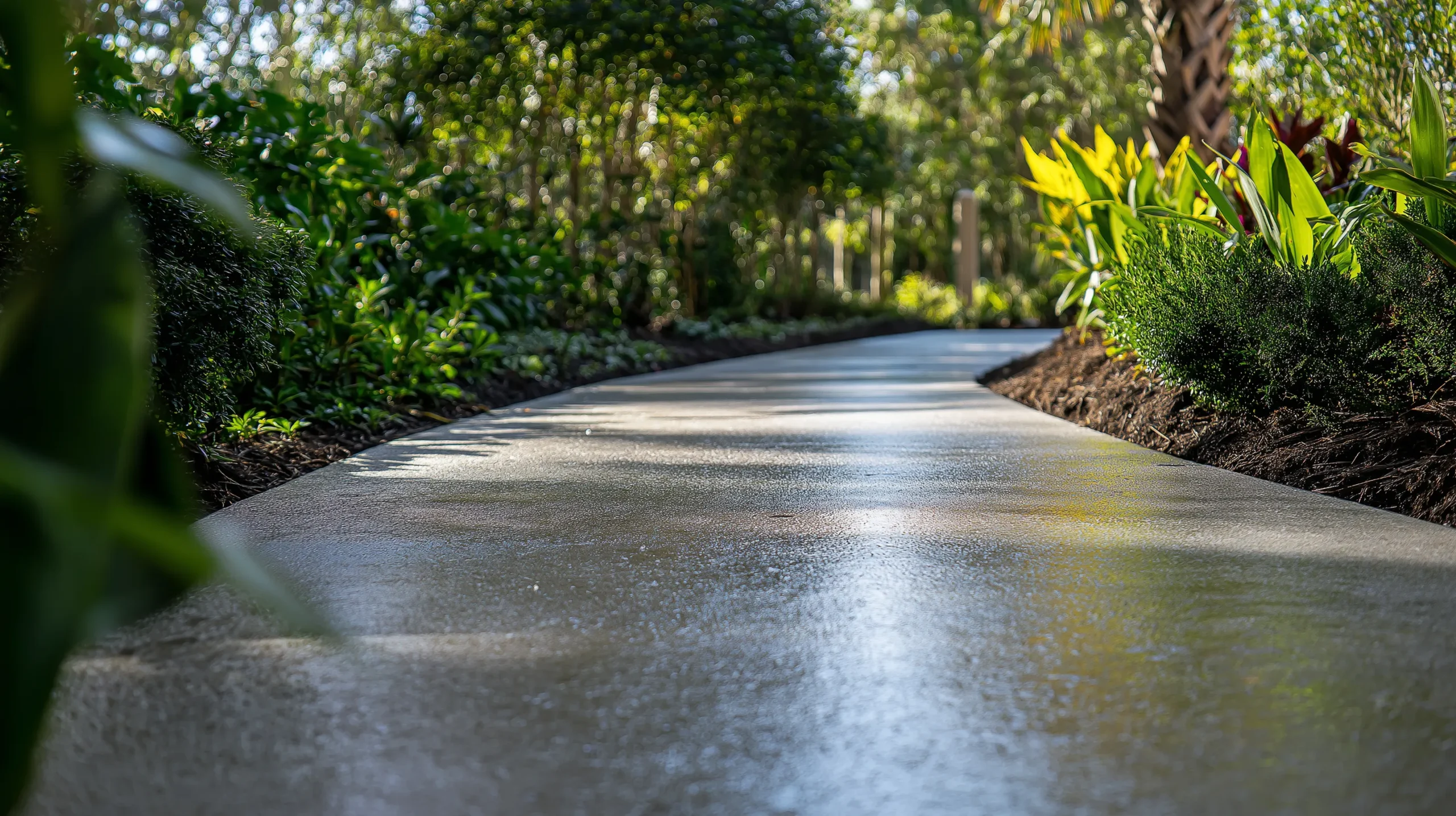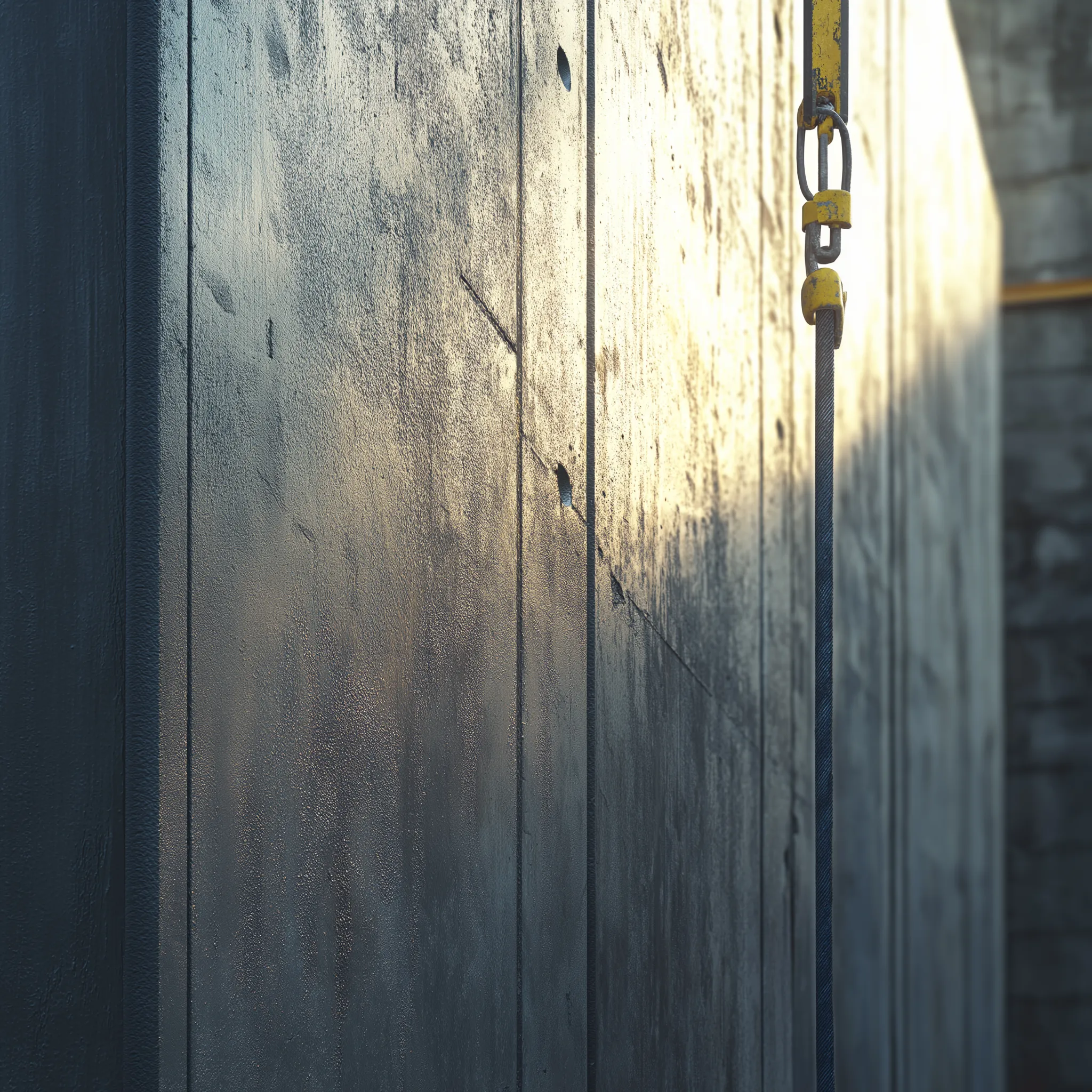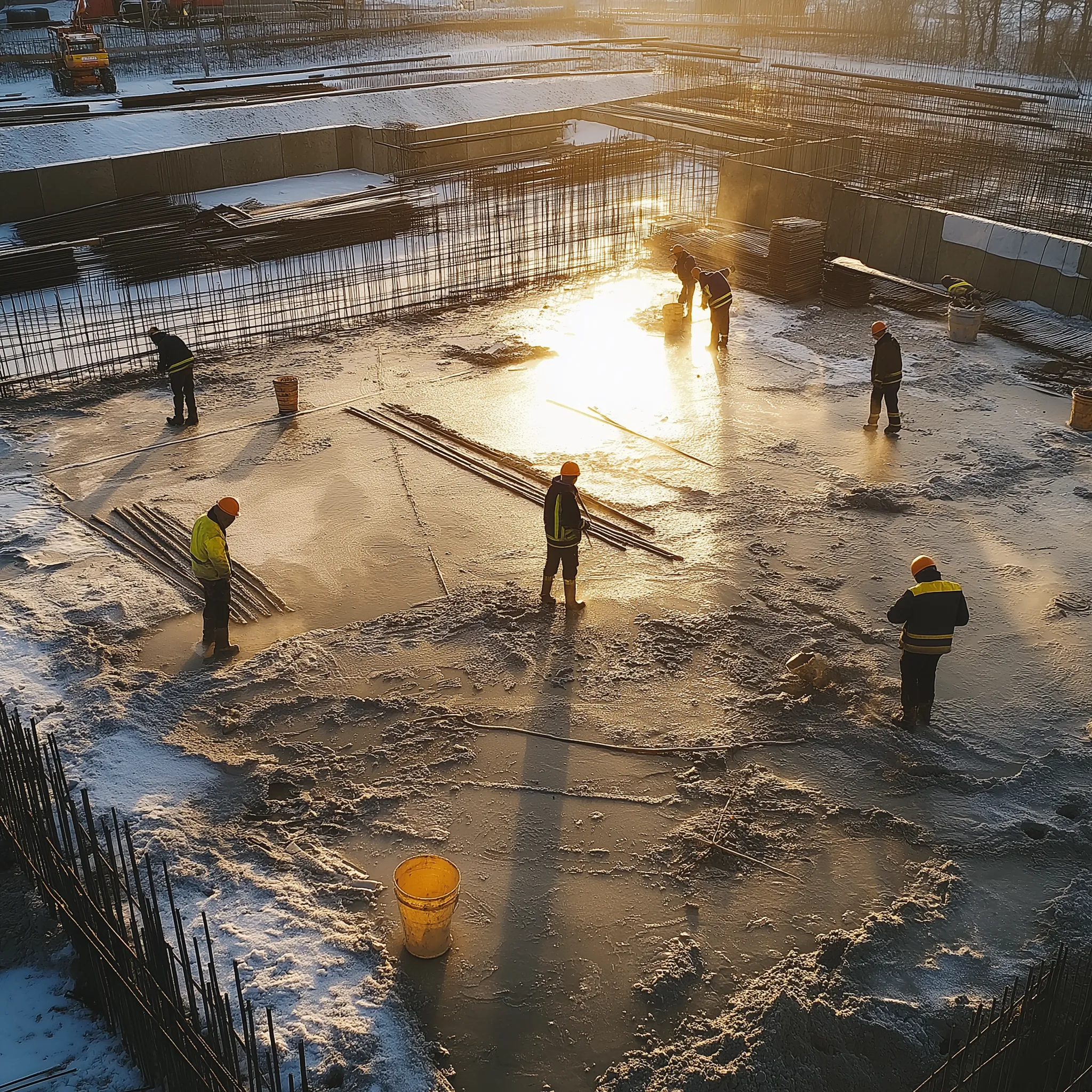As a crucial part of the concrete curing process, paving curing compounds play a significant role in ensuring that your concrete surfaces achieve the desired strength and durability. To help you make the most of these compounds, we’ll walk you through the essential application procedures and introduce the ASTM C-309 standards that govern their use.
Application Procedures for Paving Curing Compounds
To ensure optimal results, adhere to the following application procedures when using curing compound products:
- Agitate water-based curing compounds thoroughly before application. Avoid using a high-speed mixer.
- Keep in mind that most curing compounds must be removed before applying a sealer (acrylic, urethane, etc.), hardener (sodium silicate type), water repellent (siloxane or silane type), or any other secondary coating or topping.
- The rate of dissipation for hydrocarbon resin-based curing compounds depends on climatic conditions, application rate, and exposure to ultraviolet light. Typically, chemical and physical breakdown starts in 4-6 weeks. Light abrasion and low-pressure water blasting are usually sufficient for cleaning resin curing compound residue.
Understanding ASTM C-309 Standards
ASTM C-309 is a standard specification that outlines the requirements for liquid membrane-forming compounds used in concrete curing. The standard includes various types and classes of curing compounds:
- Type 1: Clear or translucent, without dye.
- Type 1-D: Clear or translucent, with fugitive dye.
- Type 2: White Pigment.
- Class A: No restriction on vehicle solids in the curing compound.
- Class B: Vehicle solids restricted to all resin material.
Additionally, the ASTM C-309 standard specifies the following criteria for curing compounds:
- Water Retention: The liquid membrane-forming compound must restrict water loss to no more than 0.55 kg/m2 (95% of reactive moisture retained) in 72 hours, as tested in accordance with ASTM C-156.
- Drying Time: The liquid membrane-forming compound should be dry to the touch in no more than 4 hours.
- Coverage: The curing compound should cover 200 square feet per gallon.
- Exclusion: Sodium Silicate based curing compounds are excluded from ASTM C-309.
In conclusion, understanding the application procedures and ASTM C-309 standards for paving curing compounds is essential for achieving high-quality concrete surfaces. By following these guidelines, you’ll ensure that your concrete surfaces have the strength, durability, and longevity that your project demands.





